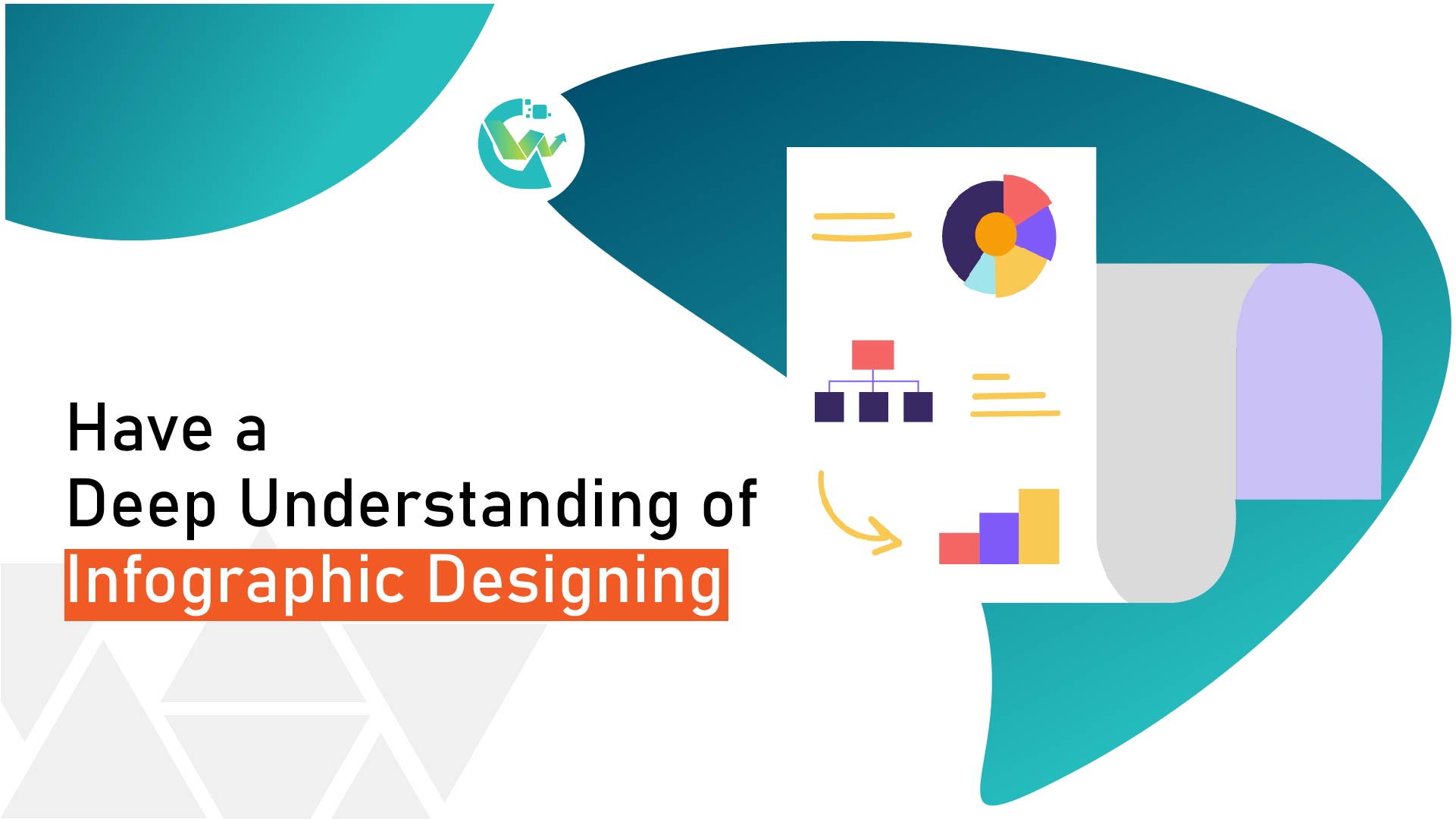Background
Infographic designing is the process of creating visually appealing and informative graphics that present complex information, data, or concepts in a clear and concise manner. Infographics combine text, graphics, and imagery to effectively communicate a message or tell a story. You can get it done at your own or hire a professional graphic design agency.
Furthermore
The goal of infographic designing is to make complex information more understandable and engaging by presenting it in a visually appealing format. It involves organizing data, statistics, or ideas into a visually cohesive and structured layout that guides the viewer’s attention and conveys the intended message effectively.
Utility of Infographic Designs
Infographics can be used for various purposes, such as presenting survey results, explaining processes, showcasing comparisons, illustrating timelines, providing educational content, and much more. They are widely used in marketing, journalism, education, and other fields where the goal is to communicate information in a visually engaging way.
To design an infographic, various elements need to be considered, including layout, color scheme, typography, icons or illustrations, and the overall visual hierarchy. The use of charts, graphs, diagrams, and other visual elements helps simplify complex data and enhance understanding.
When designing an infographic, it’s essential to ensure that the information is accurate, concise, and visually appealing. The design should be visually balanced, with a clear flow of information and a focus on the main message or key takeaways. Effective use of colors, fonts, icons, and illustrations can enhance the visual appeal and make the infographic more engaging for the audience.
Infographic designing is a creative and strategic process that involves transforming complex information into a visually appealing and easily understandable format, helping to communicate messages effectively and capture the viewer’s attention.
These utilities were presented by the professional graphic designing team of Growth Wonders, premium graphic design agency of North India.
Tools for Infographics
There are several tools available that can help you create visually appealing and professional-looking infographics. Software tools like Adobe Illustrator, Canva, Piktochart, and Venngage are commonly used to create infographics. These tools provide pre-designed templates, drag-and-drop functionality, and a wide range of graphic elements to simplify the design process. Let us discuss them while contributing for infographic designing:-
Adobe Illustrator
Adobe Illustrator is a powerful vector graphics editor that allows for precise and detailed infographic design. It offers a wide range of tools, including shapes, typography, color schemes, and image editing capabilities.
Canva
Canva is a user-friendly online design tool that offers a wide variety of pre-designed templates, graphics, and fonts. It provides a drag-and-drop interface, making it easy to customize infographics without the need for advanced design skills.
Piktochart
Piktochart is an online infographic maker that offers customizable templates, icons, and images. It provides a user-friendly interface and allows for easy customization of colors, fonts, and layouts.
Venngage
Venngage is another online platform that offers a wide range of customizable infographic templates. It provides drag-and-drop functionality, charts and data visualization tools, and an extensive library of icons and images.
Visme
Visme is a versatile design tool that enables you to create not only infographics but also presentations, reports, and other visual content. It offers a range of templates, graphics, and customization options.
Easel.ly
Easel.ly is an infographic design tool with a drag-and-drop interface and a variety of templates. It allows for easy customization of colors, fonts, and visual elements.
Adobe Spark
Adobe Spark is a suite of online design tools that includes a dedicated tool for creating infographics. It offers professionally designed templates, customization options, and integration with other Adobe Creative Cloud applications.
Infogram
Infogram is a data visualization tool that allows you to create interactive and dynamic infographics. It offers various chart types, maps, and customizable templates.
These are just a few examples of the many tools available for infographic design. The choice of tool depends on your specific needs, budget, and level of design expertise. It’s a good idea to explore different tools and choose the one that aligns with your requirements and provides the desired level of customization and functionality.
How to Use Infographics for Maximum Impact?
To make the most impact with your infographics, consider the following tips:
Identify your target audience
Determine who your infographic is intended for and what information they would find most valuable. Tailor the design, content, and tone to resonate with your target audience.
Define a clear objective
Determine the purpose of your infographic. Is it to educate, inform, persuade, or entertain? Establishing a clear objective will help you structure your content and design accordingly.
Keep it simple and focused
Infographics should convey information in a concise and easy-to-understand manner. Avoid cluttering the design with excessive text or complex visuals. Focus on the key message and use visuals to support and enhance it.
Use a visually appealing design
Create an eye-catching design that grabs attention and entices viewers to explore the infographic further. Utilize color schemes, typography, icons, and illustrations that align with your brand and make the information visually engaging.
Organize information logically
Structure your infographic in a logical flow, guiding viewers from one section to another. Use headings, subheadings, and numbered or bulleted lists to break down information into digestible chunks.
Incorporate data visualization
Infographics are an excellent medium for presenting data in a visually compelling way. Use charts, graphs, diagrams, and other visual elements to represent complex information and make it easier to understand.
Add a call-to-action (CTA)
If the purpose of your infographic is to drive action, include a clear and compelling CTA at the end. This could be a link to a website, a request to share the infographic on social media, or an invitation to sign up for a newsletter.
Optimize for sharing
Make it easy for viewers to share your infographic by including social sharing buttons or providing embed codes. Consider creating different sizes or versions of the infographic for various social media platforms.
Promote your infographic
Don’t rely solely on organic discovery. Actively promote your infographic through social media, email newsletters, blog posts, and relevant online communities to reach a wider audience.
Monitor and analyze performance
Track the performance of your infographic by monitoring metrics like views, shares, and engagement. Use the insights to refine future infographic designs and improve their impact.
Conclusion
By following these tips, you can maximize the impact of your infographics and effectively communicate your message to your target audience. Remember, it’s crucial to create visually appealing, well-structured, and valuable infographics that resonate with your audience and encourage engagement and sharing.
Growth Wonders is an all-service-graphical-solutions platform of Noida wherein, you can not only get infographic design services but also all other designing services whether web, app or business or anything else.




















